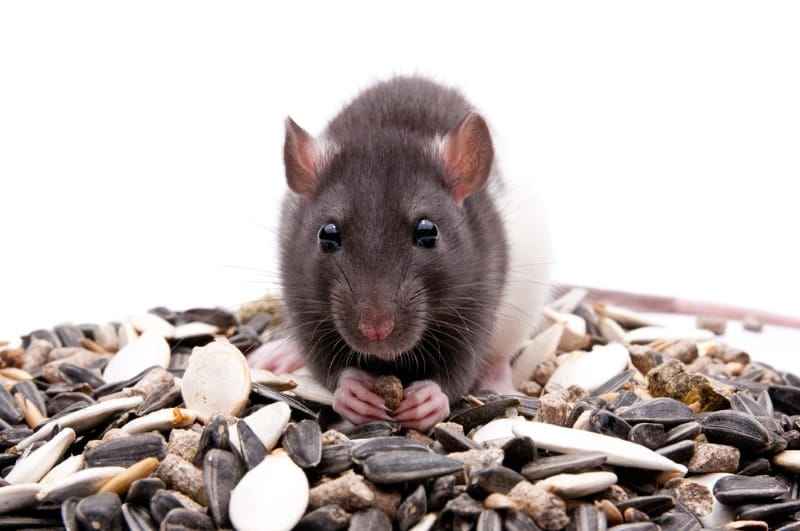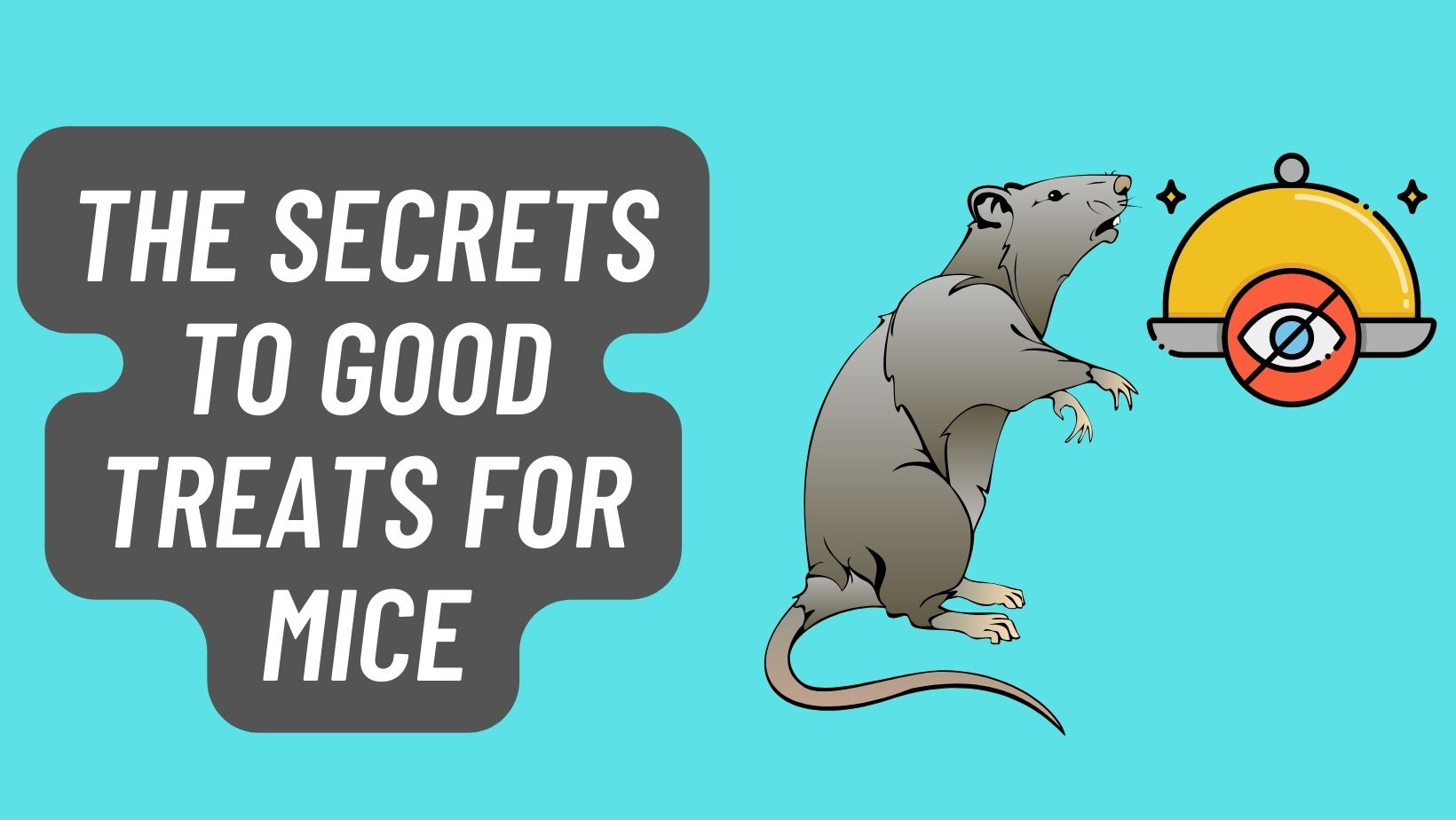Good treats for mice and pet rats ensures your rodent remains healthy while being spoilt.
Feeding treats to rodents on occasion is no problem as far as you confirm its suitability for the mice, mice, or rats.
We recommend mouse treats for training for starter pet owners who would love to train their rodents. If at any point you’re unsure whether a particular food is safe for your little fur friend, get the expert advice of a veterinarian beforehand. Some everyday mouse favorite feeds include fruits.
ALSO, SEE: Do Rats eat Tomatoes?
List of Good Treats for Mice
An example of a good treat is plain peanut butter and millet seeds! Mine lose their minds over them. So I purchase fresh ground peanut butter from whole foods because it doesn’t have any additional oil, salt, or roasted peanuts. And millet sprays are sold at the majority of pet stores as bird treats.
Fresh Produce
In rodents’ mouths, fresh produce is tasty and suitable for pet mice, mice, and rats. Keep portions of vegetables and fruits small — think 1/4 tablespoon or so.
Unusual significant portions can result in diarrhea and tummy woes. Instead, slice the produce up into tiny, mouse-friendly bites. Some examples of mixed veggies and fruits safe for mice consumption are pear, bananas, celery, broccoli, parsley, tomatoes, peas, melons, berries, carrots, cucumbers, avocados, and apples.
Note: When giving treats to mice, ensure you feed moderately. Only feed your pet these things twice or thrice per week. If your mouse fails to consume any of his veggies or fruits within a few minutes, take them out of his cage. Never allow him to eat old or spoiled food.
Food Made for People
Nutritious foods made for people also can make suitable occasional mouse treats. For example, plain poultry like chicken or turkey has health benefits for mice, as long as it’s free of additional seasoning.
The same also applies to tuna. Miniscule portions of plain pasta, baked potatoes, cereal, whole grain bread, and brown rice can also be suitable. When you offer your mouse pasta, give him no more than a single piece, for example.
Only Feed your mouse these things once in a while, no more than a couple of times a week or so.
READ ALSO: Do Rats eat Slugs?
Dietary Staples
While mice love fresh fruits and veggies as treats, it’s crucial to focus on their dietary staples, too – commercial formulas that are suited ONLY to their needs.
Avoid using food made for guinea pigs, hamsters, gerbils, or any other critters as a substitute for nutritional content in these differences.
Commercial mice food comes as blocks and pellets, both of which are needed for meeting their dietary needs. If you’re unsure which food to pick for your mouse, seek the help of a veterinarian. A vet can suggest commercial food that meets your pet’s dietary needs.
Clean water is also of significant importance to mice. Fresh water must be accessible to your mouse around the clock.

Exercise Caution
Some food meant for humans can prove harmful to mice, so be careful; some of the hazardous foods include: candy, cabbage, raw potatoes, rhubarb, chocolate, peanuts, corn, and onions.
What Foods are Toxic to Mice?
Some food meant for humans can prove harmful to mice, so be careful; some of the hazardous foods include: candy, cabbage, raw potatoes, rhubarb, chocolate, peanuts, corn, and onions.
Unhealthy snack foods made for people are also a no-no. Only allow your mouse to eat treats you are sure are 100 percent safe.
What Mice can Eat List
Here is a list of food mice can safely consume:
- Pecans (I give them this every day)
- Unsweetened cheerios (nearly every day)
- Spinach (once a week)
- Small pieces of unsalted rice cakes, unbeatable popularity on training days.
- Quinoa pops too
- sweet cherries and blueberries.
- Walnuts are excellent, too, in moderate amounts.
- Oatmeal is the best treat I have found.
- Freeze-dried mealworms (twice a week)
- Blueberries (once a week)
Mouse Treats for Training
Here is some favorite mouse feed for training:
- Offer a bite of your banana.
- Pinch a chunk from your apple core. Give a piece of actual apple (without the seeds), as apple seeds are toxic to mice.
- Trimmings like watermelon seeds/rind, broccoli stalks, carrot ends, etc…
- Share a grain or two of steamed rice, an inch of clean spaghetti noodle…
- Never feed sauces or spices.
- Lastly, mice and rats LOVE insects!!! So never offer wild insects… stick to pet store feeders like mealworms and crickets to avoid parasites!
Now you know a complete list of good treats for mice and rats, encourage us by sharing these posts with your loved ones.




